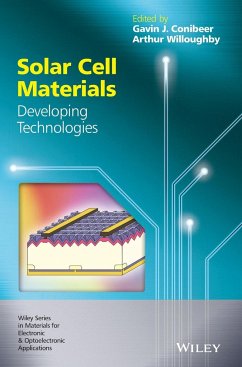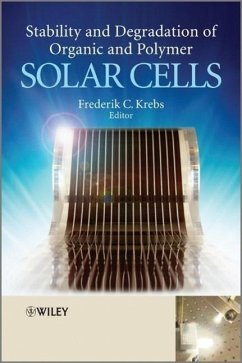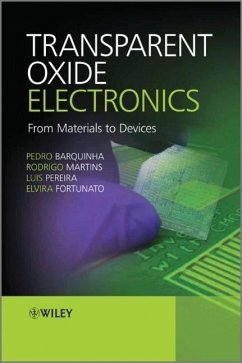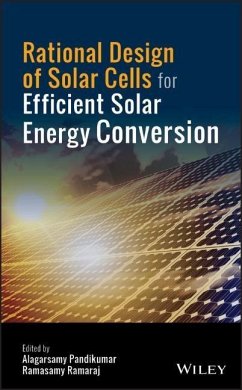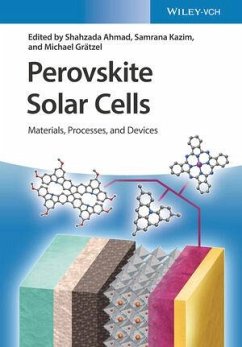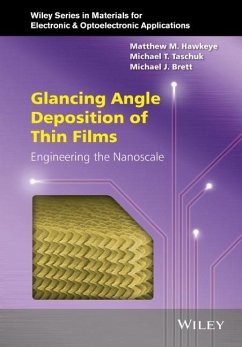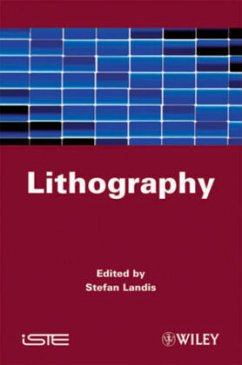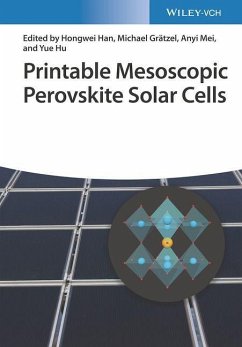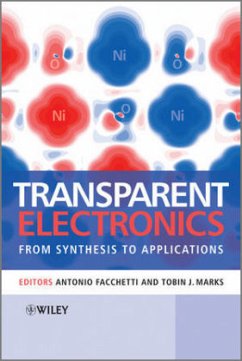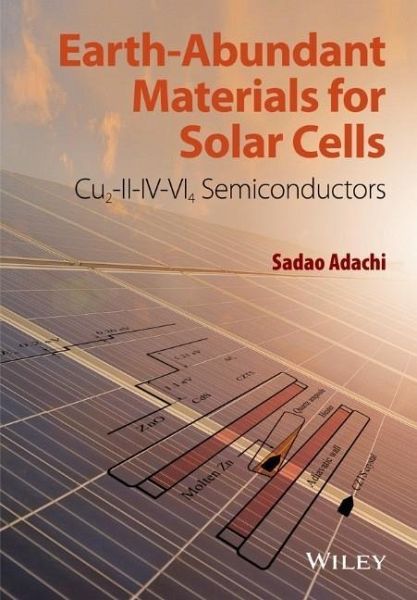
Earth-Abundant Materials for Solar Cells
Cu2-II-IV-Vi4 Semiconductors
Versandkostenfrei!
Versandfertig in über 4 Wochen
155,99 €
inkl. MwSt.
Weitere Ausgaben:

PAYBACK Punkte
78 °P sammeln!
Systematically describes the physical and materials properties of copper-based quaternary chalcogenide semiconductor materials, enabling their potential for photovoltaic device applications.
Intended for scientists and engineers, in particular, in the fields of multinary semiconductor physics and a variety of photovoltaic and optoelectronic devices.
Intended for scientists and engineers, in particular, in the fields of multinary semiconductor physics and a variety of photovoltaic and optoelectronic devices.




